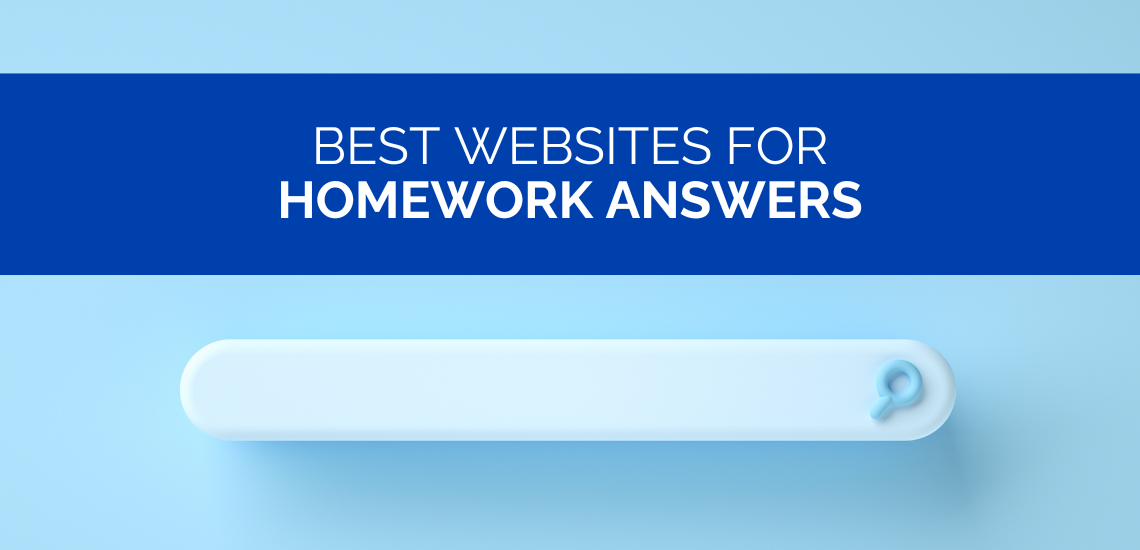
General Guide About Content and Writing
Everyone needs a little help sometimes. The years spent in...
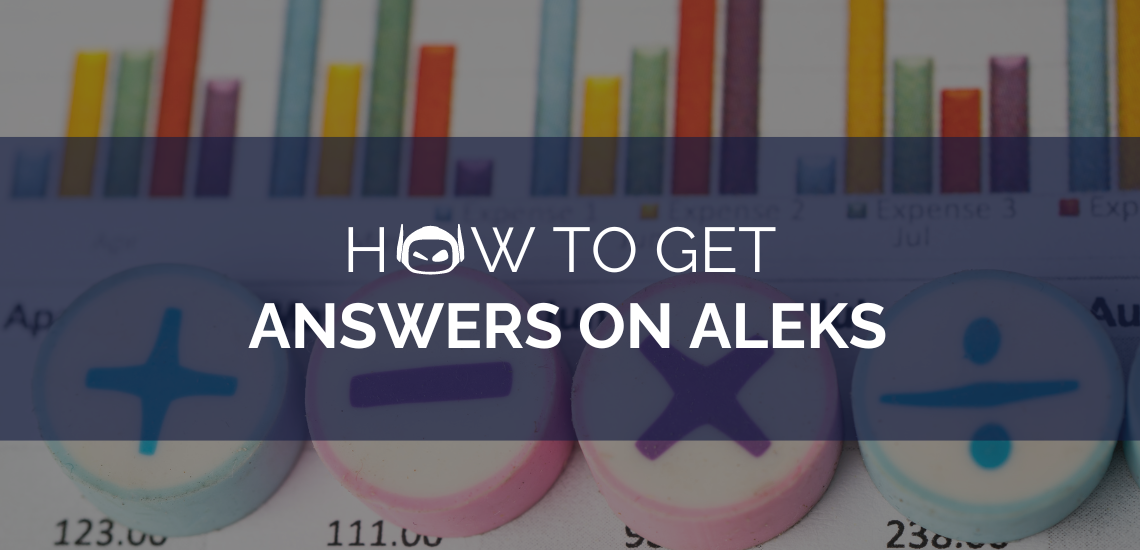
General Guide About Content and Writing
Assessment and Learning in Knowledge Spaces, (ALEKS), is an online learning...
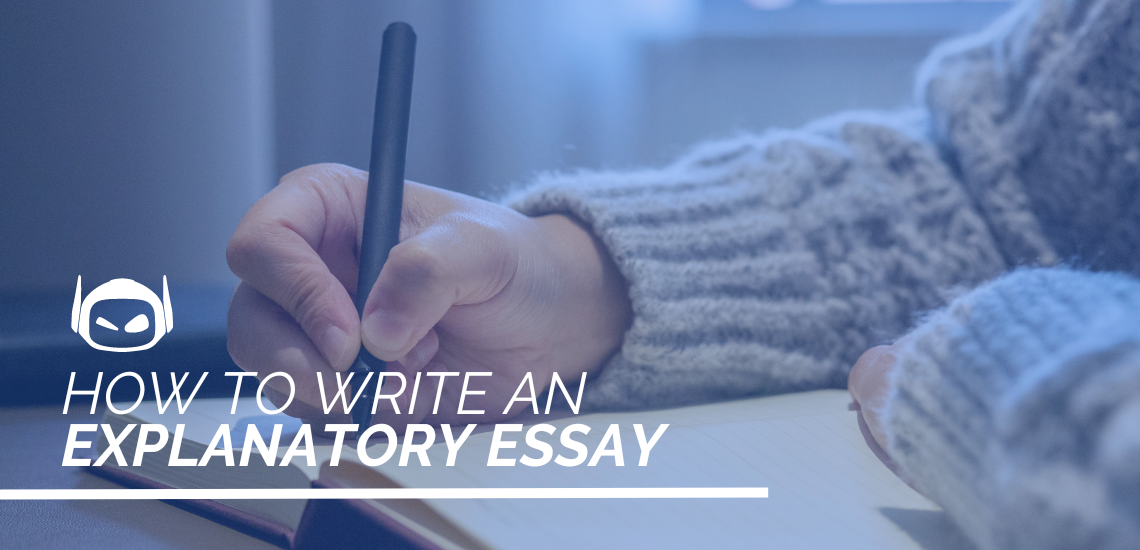
Step-by-Step Instructions for Writing
Learning how to write an explanatory essay can be daunting...

There are many different types of essays that students need...

Step-by-Step Instructions for Writing
The most difficult aspect of composing an academic essay is...
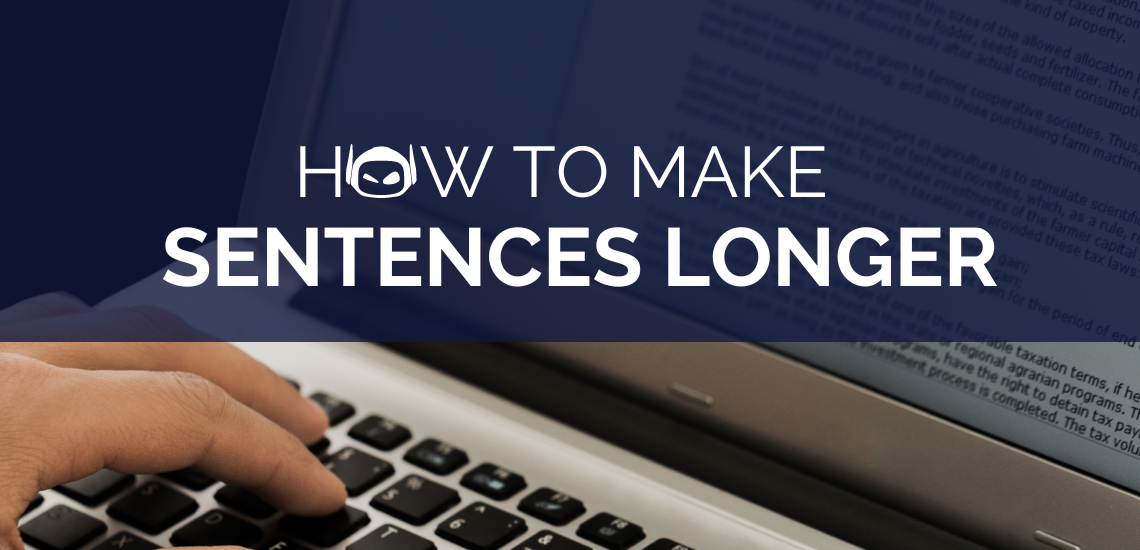
Step-by-Step Instructions for Writing
If you are an academic, you must possess the ability...

General Guide About Content and Writing
As of March 2024, ChatGPT had 180.5 million users. That’s...

General Guide About Content and Writing
With the massive boom in AI and more AI text...
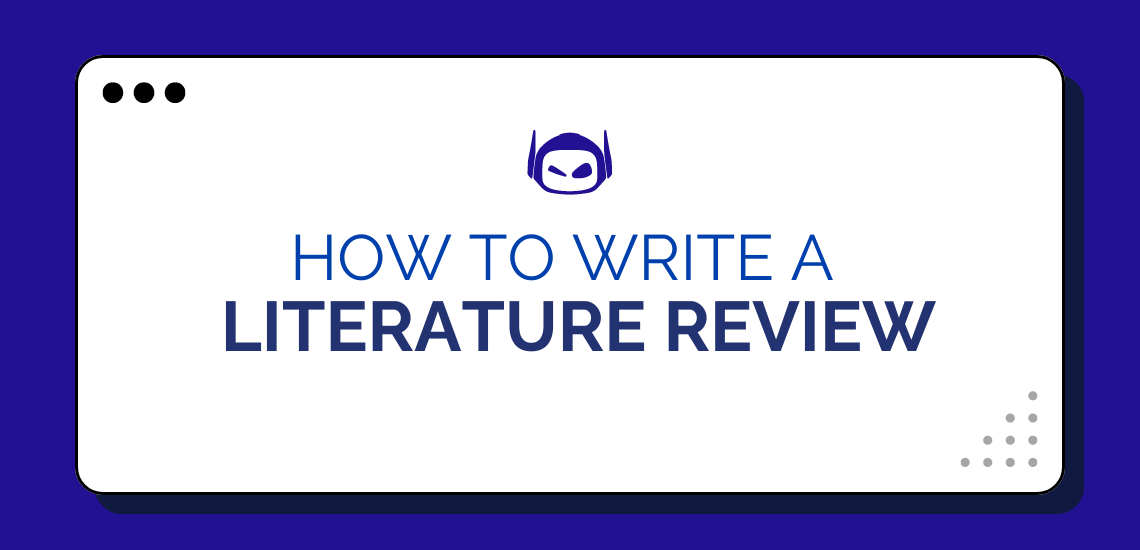
Step-by-Step Instructions for Writing
By doing a literature review, you indicate that the context...